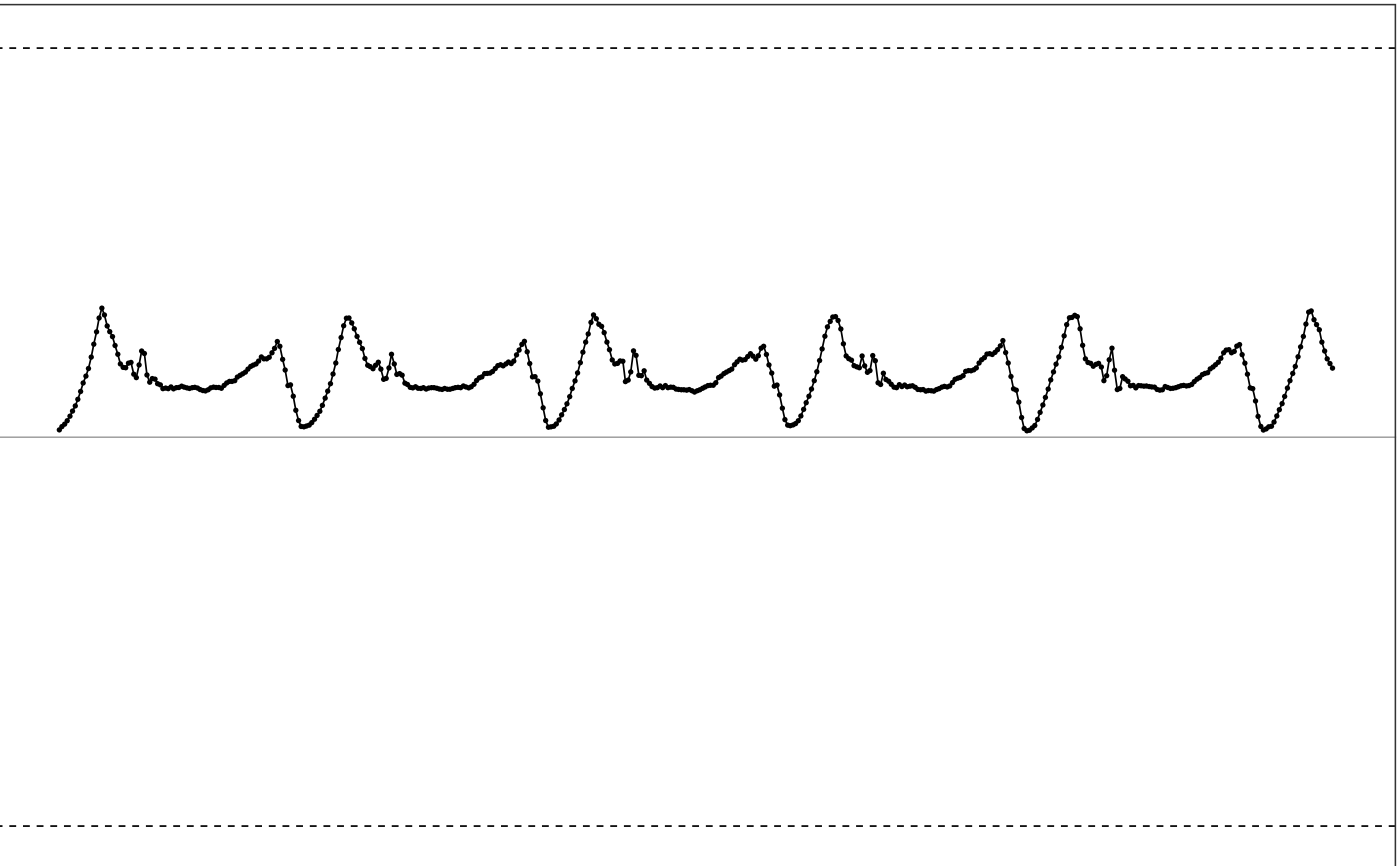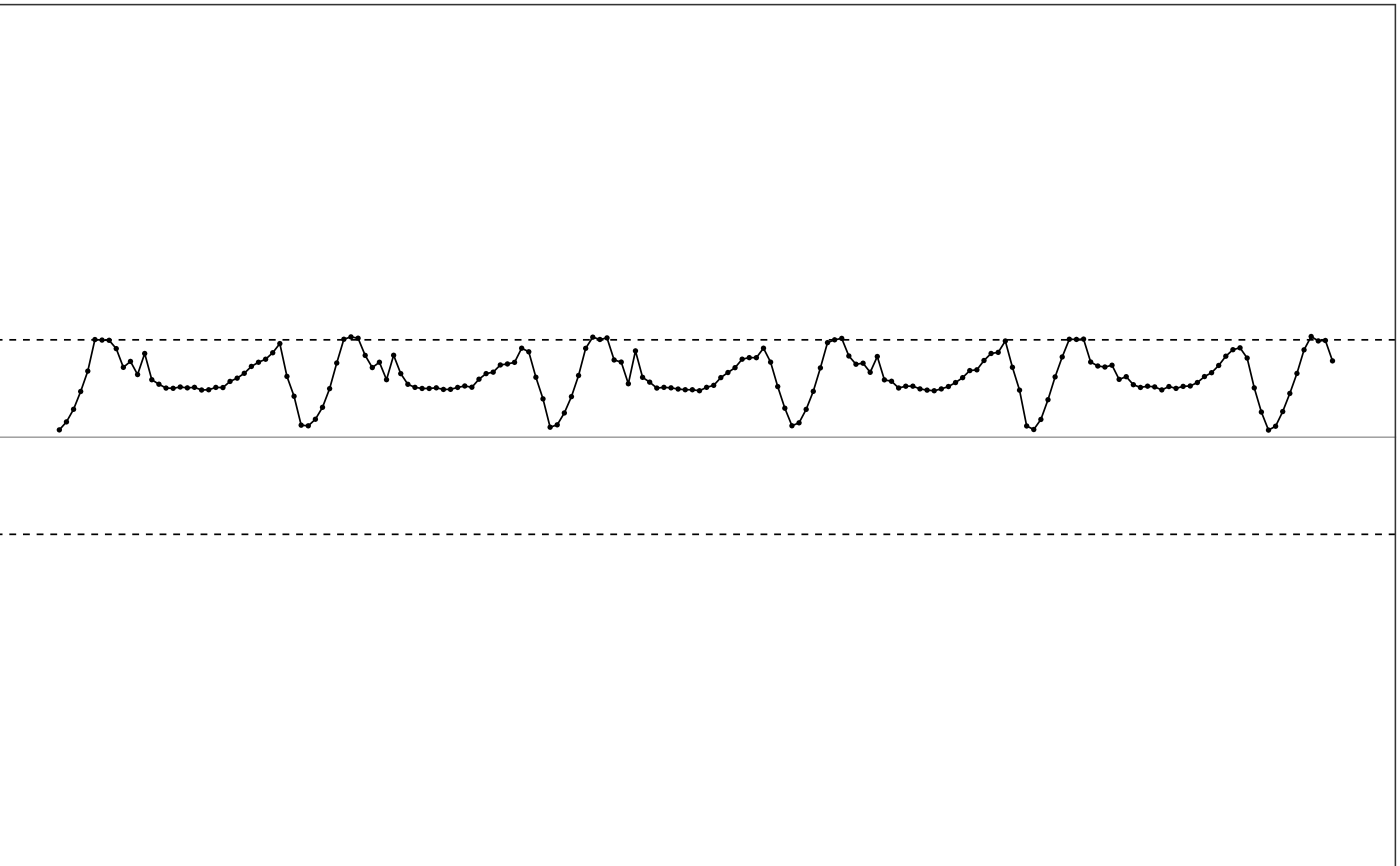Simulate new data based on the given multi-channel accelerometer data
Source:R/simulate_data.R
simulate_new_data.Rdsimulate_new_data simulate new data based on the given multi-channel
accelerometer data, a new dynamic range and a new sampling rate.
simulate_new_data(old_data, new_range, new_sr)Arguments
- old_data
dataframe. Input multi-channel accelerometer data.
- new_range
numerical vector. The new dynamic ranges to cut off the signal. Should be a 2-element numerical vector.
c(low, high), wherelowis the negative max value the device can reach andhighis the positive max value the device can reach. Default isNULL, meaning the function will do nothing but return the input data.- new_sr
number. New sampling rate in Hz.
Details
This function simulates the data from a new device based on the signal from a
baseline device. It first changes the sampling rate using function
interpolate_signal, and then changes the dynamic range using
function cut_off_signal.
How is it used in MIMS-unit algorithm?
This function is a utility function that is used to simulate new devices with different sampling rates and dynamic ranges during algorithm validation.
See also
Other utility functions:
clip_data(),
cut_off_signal(),
interpolate_signal(),
parse_epoch_string(),
sampling_rate(),
segment_data()
Examples
# Use sample data for testing
df = sample_raw_accel_data
# Show df
illustrate_signal(df, range=c(-8, 8))
 # simulate new data by changing range and sampling rate
new_df = simulate_new_data(df, new_range=c(-2, 2), new_sr = 30)
# Show new df
illustrate_signal(new_df, range=c(-2, 2))
# simulate new data by changing range and sampling rate
new_df = simulate_new_data(df, new_range=c(-2, 2), new_sr = 30)
# Show new df
illustrate_signal(new_df, range=c(-2, 2))
